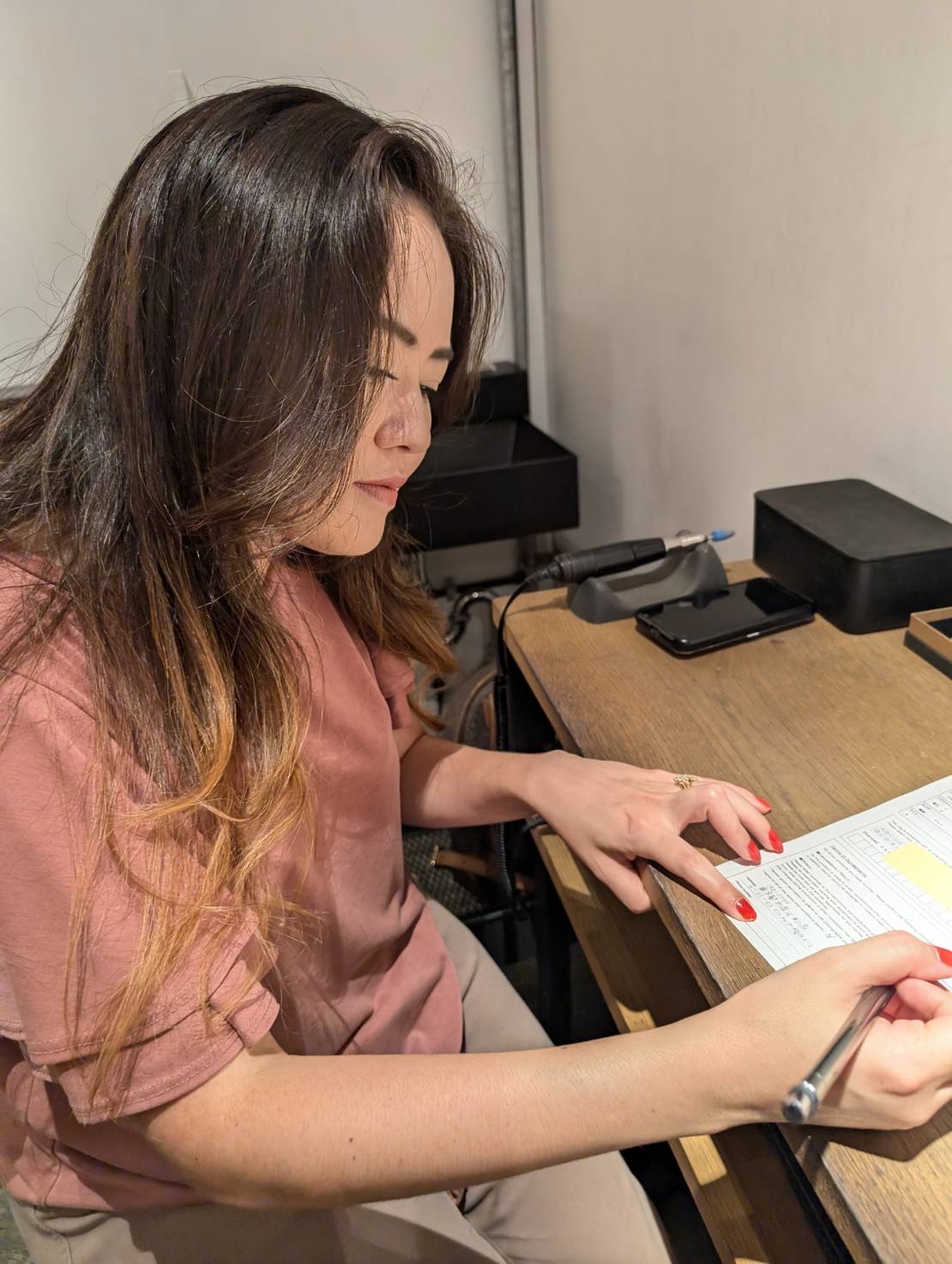How to Build a Sustainable Writing Practice (That Actually Feels Good)
Writing is often portrayed as a magical burst of inspiration. The kind that happens late at night, candle flickering, coffee cooling beside a stack of scribbled pages. Or it’s shown as a daily grind, with rigid schedules, strict word counts, and a constant sense of falling behind.
But for most of us, the reality is different.
Writing often happens in between things. In short pockets of time. In moments of doubt or distraction. In notebooks we forget to open and documents we’re scared to touch. And that’s okay.
The truth is, your writing practice doesn’t have to be perfect. It doesn’t need to be painful, either. The most lasting practices are the ones that feel safe to return to. They don’t rush you or judge you. They welcome you back with gentleness and give you room to grow.
Here’s how to build a writing rhythm that’s steady, nourishing, and most importantly, yours.
1. Expand Your Definition of What Writing Is
Many writers believe writing only counts when you’re producing a final draft or meeting a word count. But real writing includes all the messy, unseen parts too.
Outlining is writing. Journaling is writing. Thinking about your characters while you wash the dishes is writing. Even walking through your neighborhood while piecing together a scene in your head? Still counts.
Try letting go of the idea that writing must be linear or measurable. Instead, trust that every small act of engagement builds something. You’re still writing, even when it doesn’t look like progress.
2. Start Smaller Than You Think You Should
If the goal is “write every day,” that can sound impressive, but it often leads to overwhelm.
Rather than aiming for perfect consistency, focus on building a habit that’s gentle enough to keep. That might mean writing for ten minutes, jotting down a single sentence, or simply opening your notebook to reread what you wrote yesterday.
The key is to create a low-friction path to the page. When the entry point feels doable, you’re more likely to begin. And once you begin, you often go further than expected.
3. Create a Ritual That Feels Personal
Routines are helpful. But rituals are meaningful.
Instead of treating writing like another task on your to-do list, try turning it into something you look forward to. Light a candle. Brew a cup of tea. Choose a cozy corner or play music that puts you in the right mood. These small acts of care can transform your writing time into a gentle pause in the day, a moment that feels just for you. Over time, your brain begins to associate these cues with creative focus and calm.
4. Set Boundaries That Honor Your Energy
We often talk about boundaries as something external. But creative boundaries also apply to how you treat yourself.
This might mean choosing to stop before you’re exhausted. Or refusing to let perfectionism talk you out of finishing a rough draft. Or reminding yourself that writing badly is part of writing bravely.
Your practice will be stronger when it includes space for rest and imperfection. It doesn’t need to be powered by pressure. It can be built on kindness, instead.
5. Track Progress in a Way That Builds Confidence
Many writers track word counts, which can be motivating for some. But for others, it creates pressure or guilt.
If that sounds familiar, try tracking something different. Log what you worked on, even if it’s just “brainstormed character backstory.” Make a list of writing wins. Save favorite lines or small breakthroughs.
These tiny victories often get overlooked, but they matter. They show you that you’re still engaged, still creating, still growing. And that’s worth celebrating.
6. Accept That Creativity Moves in Seasons
Some seasons are full of inspiration and momentum. Others feel slower, quieter, or full of uncertainty.
That doesn’t mean you’re falling behind. It just means you’re human.
Your writing practice doesn’t have to look the same every week. What matters most is knowing how to shift with your energy. Give yourself permission to rest, reflect, or explore without guilt.
Writing is a long-term relationship. It will ebb and flow. That rhythm is part of the process — and part of you, too.
7. Choose Curiosity Over Obligation
Sometimes, we forget why we started writing in the first place. The joy, the wonder, the desire to explore a thought or tell a story.
When writing becomes a chore, come back to curiosity.
Ask yourself what you’re interested in today. What feels alive or intriguing? What part of your story is asking to be explored?
Let your writing practice feel like a place of discovery, not duty. You don’t have to have all the answers before you begin. You just need to start where you are, with what you have.
A Gentle Reminder
You don’t need to prove you’re a writer by pushing yourself to exhaustion.
You’re allowed to build something soft and steady. A practice that honors your voice and your life. A practice that grows with you, not against you.
Whether you’re writing one sentence or one chapter, whether you’re in a burst of creative energy or a quiet season of reflection — each moment you spend with your words is meaningful.
So show up gently. Start small. And let it be enough.
You’re not behind. You’re building something that lasts.
Further Reading & Inspiration
If you’re curious to explore more on the topics of creative rhythm, sustainable writing, and self-compassion in the creative process, here are a few books that echo the heart of this post:
The Artist’s Way by Julia Cameron
A foundational guide for rediscovering your creative self, including the practice of morning pages and honoring creative seasons.
Bird by Bird by Anne Lamott
A warm, witty, and honest take on the writing life. Especially powerful for embracing imperfection and writing through fear.
Big Magic by Elizabeth Gilbert
A celebration of creative courage, curiosity, and the quiet magic that comes from following your inspiration.
Wintering by Katherine May
While not about writing directly, this book beautifully explores the importance of rest, reflection, and honoring life’s slower seasons — a message every writer needs at some point.
Each of these reads complements the spirit of writing with care, trust, and intention. Take what resonates. Leave what doesn’t. And know that your creative path is valid exactly as it is.
From my writing desk to yours,
Stephanie
Recent Posts

The Tale of Genji: The World’s First Novel and the Woman Who Wrote It

Morning Pages 101: What They Are, How They Work, and Why Writers Swear by Them

